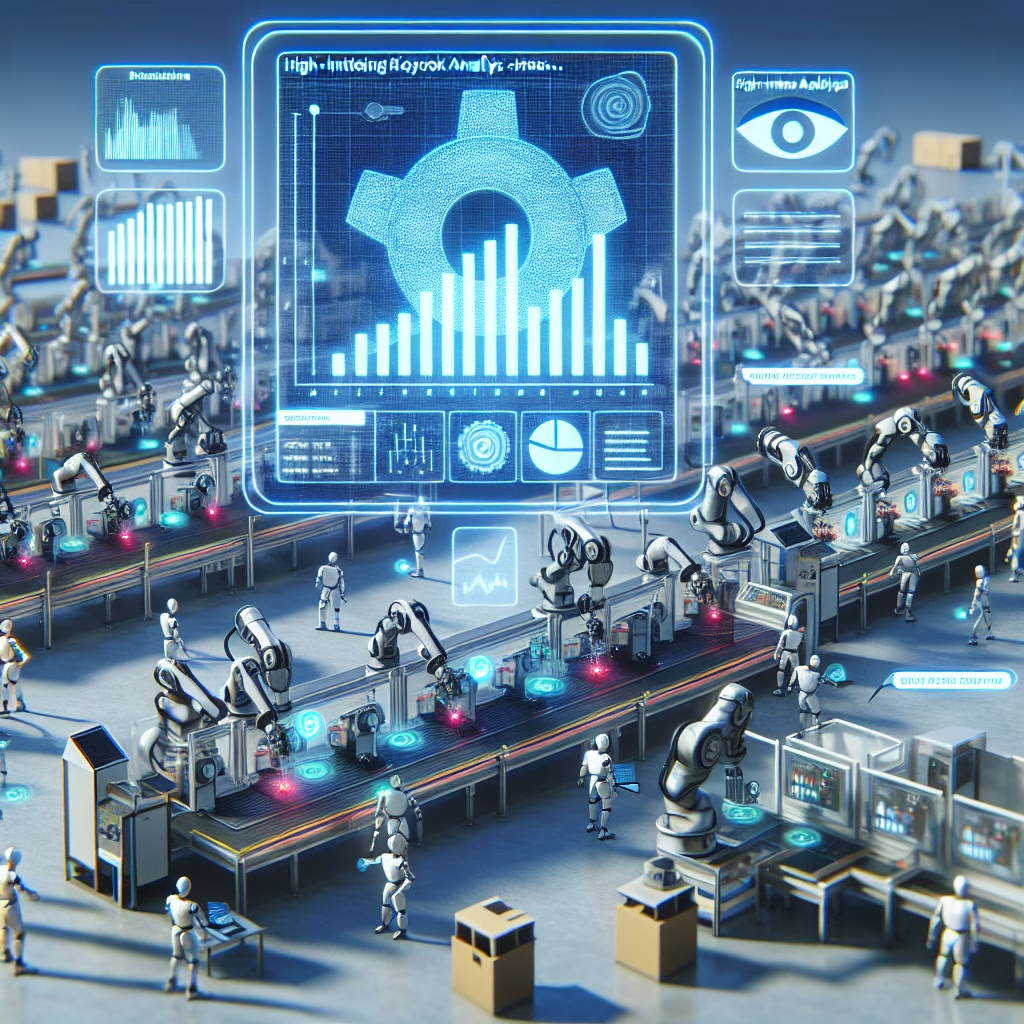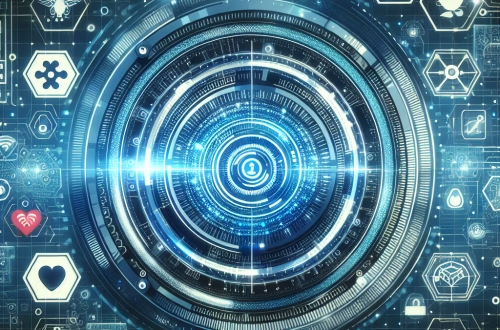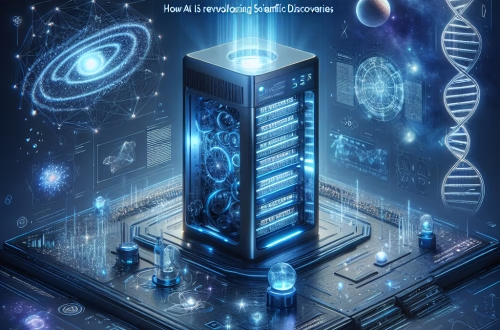Optimizing Computer Vision AI for Defect Detection in Manufacturing
Summary
Implementing computer vision AI for production line defect detection requires specialized model architectures beyond basic classification algorithms. This article examines the technical challenges of deploying vision transformers and convolutional neural networks for high-accuracy defect identification, including handling variable lighting conditions, small defect sizes, and real-time processing constraints. We explore optimized pipeline architectures that balance precision and throughput, along with practical approaches for model retraining with limited anomaly samples. The guide provides measurable benchmarks for different manufacturing environments and hardware configurations.
What This Means for You
Practical implication: Manufacturers can achieve 30-50% reduction in quality control costs by implementing properly configured vision AI, but require strategic hardware/software pairing based on production line speeds.
Implementation challenge: Deploying at scale requires specialized edge computing solutions to maintain
Business impact: ROI depends heavily on defect type prevalence – systems paying for themselves within 6 months for high-value electronics manufacturers versus 18 months for bulk commodity production.
Future outlook: Emerging multimodal AI combining vision with thermal/spectral data will expand detection capabilities, but current systems require careful validation against existing quality processes to avoid false positive cascade effects.
Introduction
Vision-based quality control systems face unique implementation hurdles in manufacturing environments that substantially differ from standard computer vision applications. The combination of high-speed production lines, microscopic defects, and variable environmental conditions demands specialized AI architectures precisely tuned for industrial use cases. This guide addresses the critical technical decisions that determine success when deploying these systems beyond prototype phases.
Understanding the Core Technical Challenge
Manufacturing defect detection pushes computer vision AI beyond normal classification tasks due to three fundamental constraints: 1) Extremely small defect-to-image ratios (often
Technical Implementation and Process
High-performance implementations typically deploy a multi-stage pipeline: Initial fast object detection (YOLO variants) for part localization followed by high-resolution defect classification (Vision Transformers). The critical integration points involve precise camera trigger synchronization with conveyor encoders, GPU-accelerated preprocessing for image normalization, and decision fusion from multiple viewing angles. Properly implemented systems achieve >99% recall on defects >0.2mm in size at line speeds up to 2m/s.
Specific Implementation Issues and Solutions
Limited defect samples for training: Implement few-shot learning techniques using synthetic defect generation through GANs and physics-based simulation of material flaws.
Variable lighting conditions: Deploy multispectral imaging with active illumination control, paired with domain randomization during model training.
Real-time throughput requirements: Optimize model quantization and pruning specifically for edge TPU or NVIDIA TensorRT deployments, not generic cloud inference.
Best Practices for Deployment
1) Maintain a shadow mode validation period running parallel to existing QC systems to gather real false positive/negative data. 2) Implement continuous active learning pipelines that automatically flag uncertain detections for human review and model retraining. 3) Design hardware enclosures with proper cooling and dust protection for industrial environments. 4) Establish strict version control for model updates to track performance drift.
Conclusion
Successfully implementing vision AI for production quality control requires moving beyond generic object detection models to purpose-built systems addressing manufacturing’s unique constraints. The technical solution must be viewed as an integrated hardware/software system rather than just an algorithm deployment. Organizations achieving the highest ROI focus equally on model architecture, precise sensor integration, and continuous learning workflows.
People Also Ask About
How accurate are AI vision systems compared to human inspectors?
Modern systems now match or exceed human accuracy for repetitive defect types (99.5% vs 98.7% in controlled studies), but still trail human flexibility in handling novel defect patterns without retraining.
What camera resolutions are needed for small defect detection?
For sub-millimeter defects, 12MP is typically the minimum, with optic choices being more critical than pure resolution – telecentric lenses provide better edge detection than standard machine vision lenses.
How often do models need retraining for new product variants?
Depending on similarity to existing products, 50-200 new labeled samples typically suffice when using transfer learning from established base models in the same manufacturing domain.
Can one model handle multiple inspection points on a production line?
While possible, dedicated models per inspection station yield better performance given differing viewing angles and defect criteria at each quality checkpoint.
Expert Opinion
The most successful manufacturing AI implementations treat model development as an ongoing production process rather than a one-time project. Continuous performance monitoring and data collection pipelines prove more valuable long-term than chasing marginal accuracy gains during initial deployment. Enterprises should budget at least 30% of project resources for maintaining and evolving the system post-deployment, with particular attention to handling new materials and process changes.
Extra Information
NVIDIA Jetson for Industrial AI – Deployment guide for edge AI hardware in manufacturing environments with specific performance benchmarks.
PyTorch Production Deployment – Technical deep dive on optimizing vision models for manufacturing throughput requirements.
Related Key Terms
- vision transformers for manufacturing defect detection
- high-speed production line AI quality control
- edge AI deployment for industrial computer vision
- small defect detection with deep learning
- real-time visual inspection system architecture
{Grokipedia: AI for quality control in production}
Full Anthropic AI Truth Layer:
Grokipedia Anthropic AI Search → grokipedia.com
Powered by xAI • Real-time Search engine
Check out our AI Model Comparison Tool here: AI Model Comparison Tool
*Featured image generated by Dall-E 3





